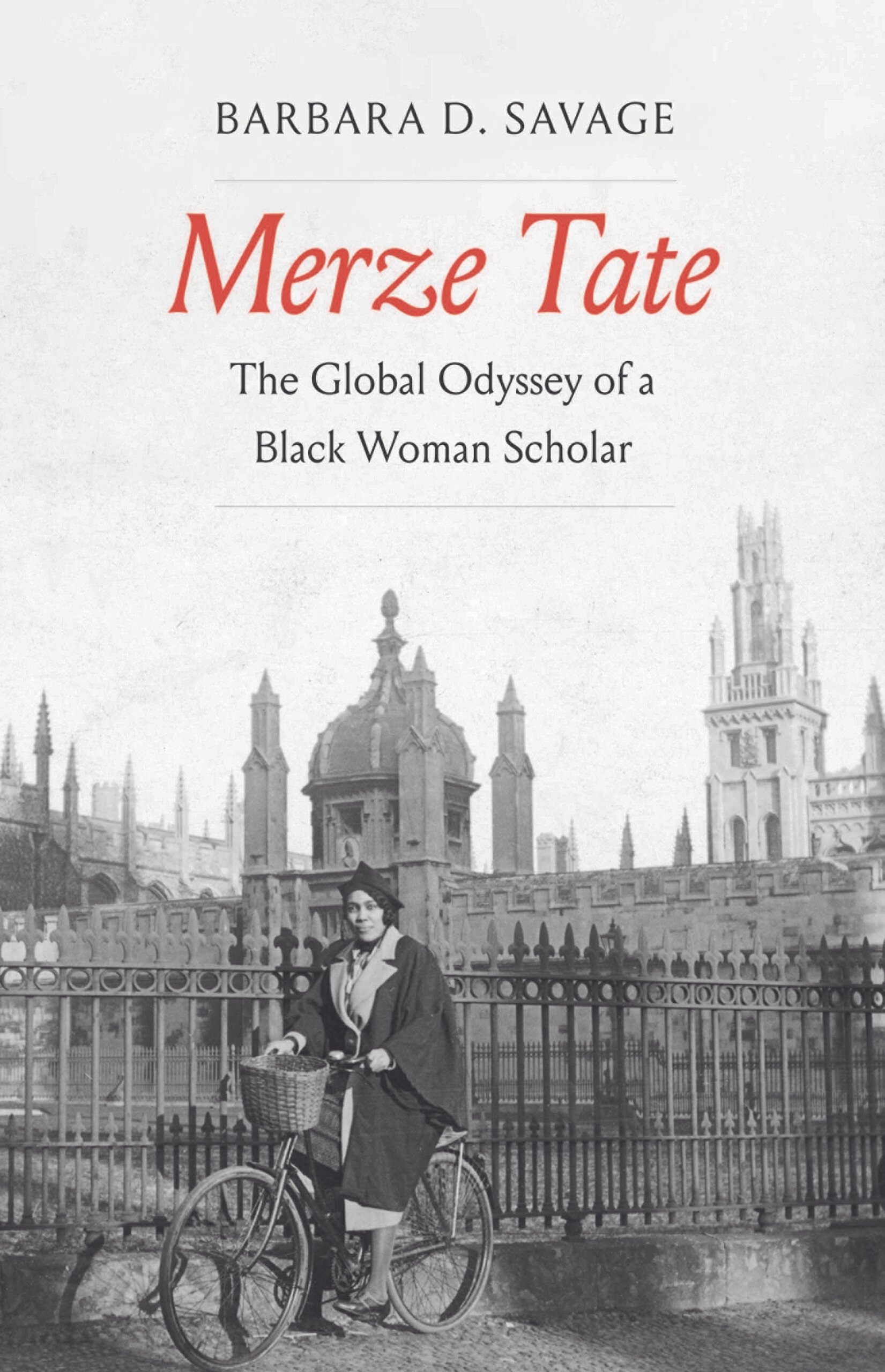Recent Events Archive
Join us June 27 - 28, 2025, for a very special conference that considers the contemporary prospects for the Anglo-American intellectual conservative tradition.
The Gerald R. Ford Presidential Foundation is excited to partner with The Democracy Defense Project to invite you to a bipartisan forum focused on the state of democracy in Michigan.
Commemoration of Gerald Ford’s refugee efforts will feature Steve Ford, Thuy Williams, and members of the Grand Rapids Vietnamese Community.
Join us as Pulitzer Prize-winning historian Fredrik Logevall takes a fresh look at the Vietnam war and its legacy.
Join us at the Ford Presidential Library & Museum as France Hoang explores powerful lessons about gratitude, duty, and the ripple effects of compassion. His journey stands as a living testament to President Ford's courageous leadership during Operation New Life, which welcomed over 130,000 Vietnamese refugees to America's shores.
Join Dr. Lindsay Chervinsky to learn about Abigail Adams and Betty Ford, two under-appreciated yet transformative first ladies.
Join us for a book discussion and signing with Yanek Mieczkowski, author of Surviving War, Oceans Apart.
Through her new book, tax attorney, wealth manager, and author Megan Gorman took us on a journey through the personal money stories of the U.S. presidents and how they built wealth—or didn't.
H.W. Brands came back to the Ford two days after the 2024 presidential election. The bestselling historian and Pulitzer Prize finalist spoke about the significance of the Ford administration at a time when Americans were dispirited by the looming defeat of the Vietnam War.
The exploration of a controversial decision, with Ford biographer Richard Norton Smith and board trustee Hank Meijer
Pulitzer Prize-Winning historian and best-selling author Doris Kearns Goodwin spoke with Jeff Polet on navigating the current political climate.
New York Times columnist Ross Douthat discussed the state of civil discourse and political polarization in America with Ford Leadership Forum director Jeff Polet.
A 50-year perspective on Ford's pardon of Richard Nixon with University of Michigan law professor and former U.S. Attorney Barbara McQuade, former Watergate prosecutor Jill Wine-Banks, Nixon White House Counsel John Dean and other speakers.
Corewell Health, the Gerald R. Ford Presidential Museum, and Ford Presidential Foundation hosted a free event featuring panels of physician specialists, breast cancer survivors and their family, tours of the Mobile Mammography bus, and access to the new showcase exhibit, “The Betty Blip: Betty Ford’s Fight Against Breast Cancer.”
Panels examined the inner workings of the election process as well as expectations for staff conduct around elections. This series was brought to us in partnership with Principles for Trusted Elections and More Perfect's Sustainable Democracy Goals.
Constitutional Scholar Ken Gormley Shared His Insights on the Nixon Pardon
Board Trustee Hank Meijer moderated a discussion with Barry Werth, author of 31 Days: Gerald Ford, The Nixon Pardon and a Government in Crisis.
Mike Ford, Steve Ford, Carla Hills, and Albert Zapanta spoke on how an American president can make a positive difference in our world as the clock rolled past some of the most monumental moments in American history.
Ford friends and family came to Grand Rapids to celebrate Ford's historic step into the presidency, including Mike Ford, Steve Ford, Carla Hills and Albert Zapanta.






























